Publications
Share

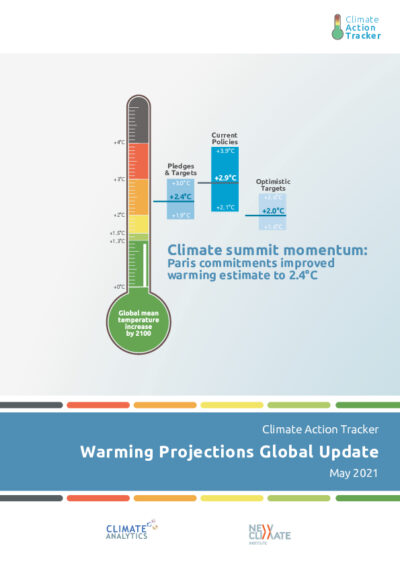
Briefings
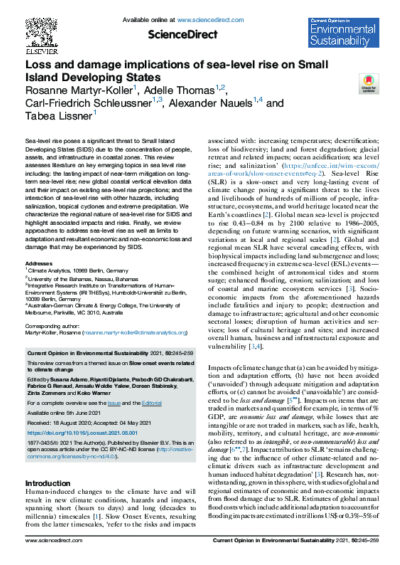
Peer-reviewed Papers
This review assesses the regional nature of sea-level rise for Small Island Developing States, highlights associated impacts and risks, and reviews limits to adaptation and resultant economic and non-economic loss and damage.
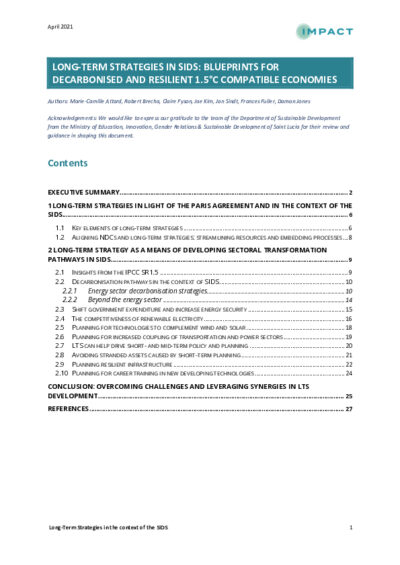
Briefings
This briefing outlines why long-term strategies are a fundamental component of national climate policy architecture, and how Small Island Developing States can benefit from developing one.
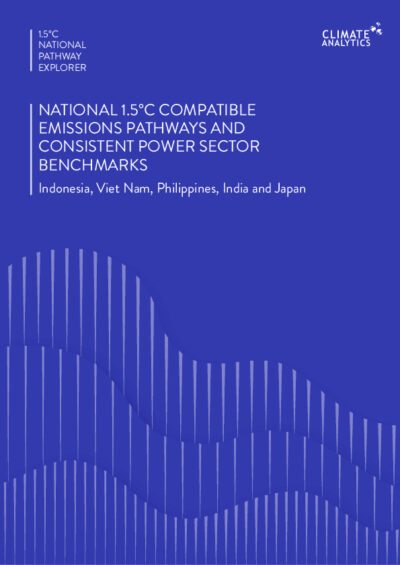
Reports
This report presents domestic emissions pathways required to keep to the Paris Agreement’s 1.5°C limit for five countries: Viet Nam, Philippines, India, Indonesia and Japan and assesses if current 2030 climate targets are in line with these pathways.
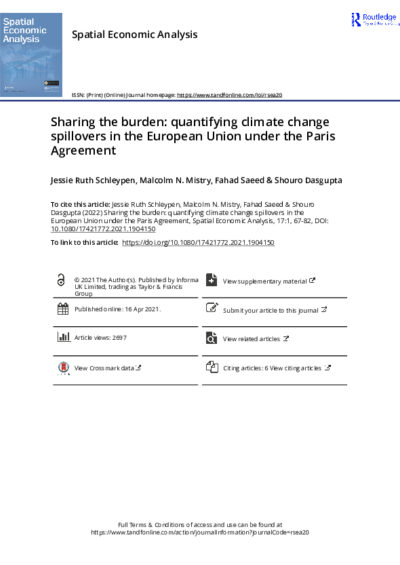
Peer-reviewed Papers
This study uses spatial econometrics to account for the interdependencies between the subnational EU regions to estimate the future impacts of changes in temperature on sectoral labour productivity under the Paris Agreement.
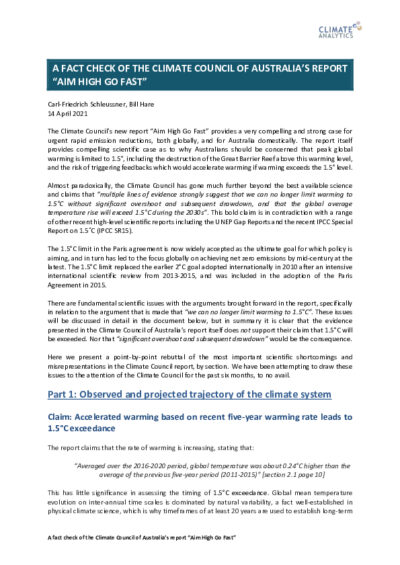
Working Papers